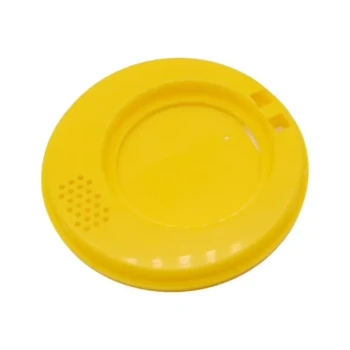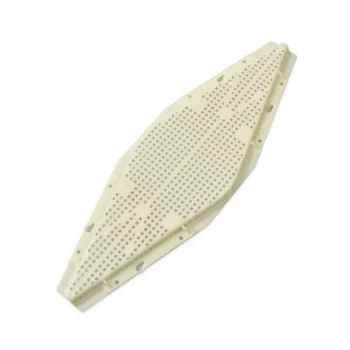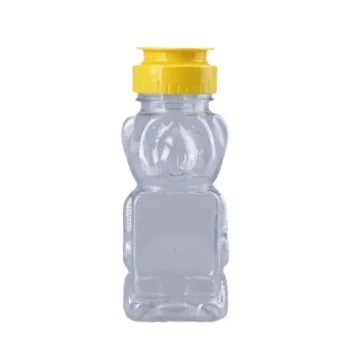The decision to use a queen excluder is a strategic choice that depends on three core factors: your specific beekeeping goals, the natural behavior of your colony, and your preferred management style. It is not a mandatory piece of equipment, but rather a tool to achieve a specific outcome, such as ensuring brood-free honey supers or simplifying queen location.
A queen excluder is a management tool that trades the colony's natural expansion for the beekeeper's operational efficiency. Understanding this trade-off is the key to deciding if, when, and how to use one in your apiary.
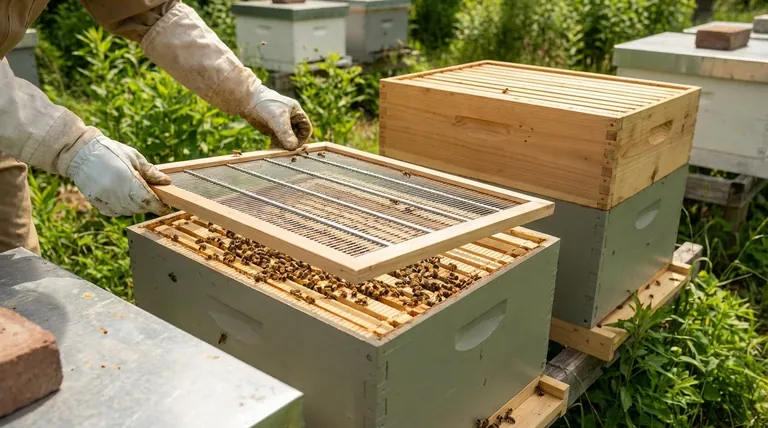
The Core Function: Isolating the Queen
A queen excluder is a simple grid with openings large enough for worker bees to pass through but too small for the larger queen and drones. Its function is to create a distinct separation within the hive.
To Ensure Brood-Free Honey
The primary purpose of an excluder is to confine the queen to the brood boxes at the bottom of the hive. This prevents her from laying eggs in the honey supers above.
This separation results in frames of honey that are free of eggs, larvae, and pupae. This produces cleaner honeycomb wax and simplifies the harvesting process significantly.
To Simplify Hive Management
By restricting the queen's movement to a specific area (the brood boxes), she becomes much easier to find during inspections.
This is especially valuable when you need to check her health, confirm she is laying, or requeen the hive. You know exactly which boxes to search.
Key Factors in Your Decision
Before adding an excluder, you must assess your specific context. A tool that helps one beekeeper may hinder another.
Your Beekeeping Goals
Your purpose dictates the tool. A commercial beekeeper focused on honey production often uses excluders to harvest entire supers quickly without checking each frame for brood.
Conversely, a beekeeper focused on pollination may skip excluders to avoid any potential restriction on colony growth and the added hassle and expense. A backyard beekeeper might use one simply to make finding the queen less stressful.
Your Colony's Characteristics
Not all bees behave the same way. Colonies with queens bred for modest brood nests may naturally keep brood separate from honey stores, making an excluder unnecessary.
However, more prolific or wild-caught colonies may aggressively expand the brood nest into honey supers. In these cases, an excluder is a valuable tool for managing brood production and ensuring a honey harvest.
Understanding the Trade-offs
Using an excluder is not without potential downsides. The benefits of control and efficiency must be weighed against the potential impact on the hive's natural workflow.
The Benefit: Operational Efficiency
For large-scale operations, excluders save an immense amount of time. You can remove full honey supers with confidence, knowing they are clear of brood, which also makes bee removal faster and easier.
The Risk: The "Honey Barrier"
Some colonies are reluctant to pass through the excluder, creating a "barrier" that can slow the movement of nectar into the supers. This can lead to a "honey-bound" brood chamber, where the queen runs out of space to lay eggs.
This risk can sometimes reduce the overall honey yield if workers do not readily move into the supers to deposit nectar.
A Practical Mitigation: The Upper Entrance
One common technique to mitigate the "barrier" effect is to provide a small upper entrance for the bees above the queen excluder.
This allows foraging bees to enter and exit the honey supers directly, reducing the traffic through the excluder and encouraging them to store honey in the intended space.
Making the Right Choice for Your Goal
The decision is not about whether excluders are "good" or "bad," but whether they are the right tool for your specific objective.
- If your primary focus is efficient honey harvesting: Use an excluder to guarantee brood-free supers and simplify the extraction process.
- If your primary focus is easy queen management: Use an excluder to limit the search area and make inspections faster and less disruptive.
- If your primary focus is natural colony development: Omit the excluder and rely on careful observation, allowing the bees to manage their own space.
Ultimately, the best decision comes from observing your hives and aligning your equipment with your purpose.
Summary Table:
| Goal | Use an Excluder? | Key Benefit | Key Risk |
|---|---|---|---|
| Efficient Honey Harvesting | Yes | Guarantees brood-free honey supers | Potential "honey barrier" reducing yield |
| Easy Queen Management | Yes | Confines queen to brood boxes for easy location | May restrict natural colony movement |
| Natural Colony Development | No | Allows bees to manage space naturally | Requires more careful frame inspection |
Ready to optimize your apiary's efficiency?
As a trusted supplier to commercial apiaries and distributors, HONESTBEE provides the durable, precision-engineered queen excluders and hive management tools you need to achieve your production goals. Whether your focus is maximizing honey harvests or streamlining hive inspections, our wholesale-focused operations ensure you get the reliable equipment your business depends on.
Contact HONESTBEE today to discuss your specific needs and discover how our beekeeping supplies can enhance your operational success.
Visual Guide
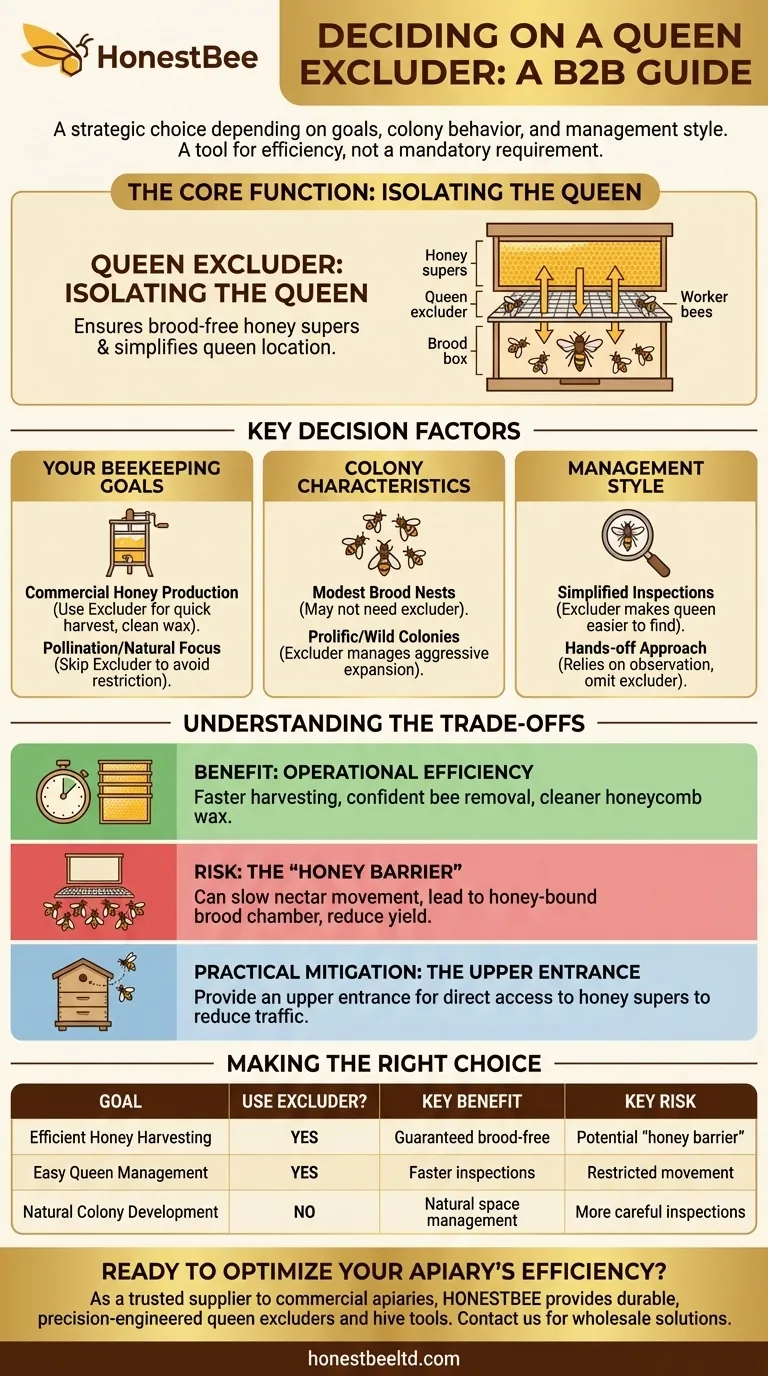
Related Products
- Premium Wood Framed Metal Wire Queen Bee Excluder
- Plastic Queen Bee Excluder for Bee Hive Wholesale
- High Performance Plastic Queen Excluder for Beekeeping and Apiary Management
- Professional Plastic Queen Excluder for Modern Beekeeping
- Wooden Queen Bee Excluder for Beekeeping
People Also Ask
- What are the advantages of using queen excluders? Boost Honey Production & Hive Management
- Where should a queen excluder be placed in a beehive? The Key to Hive Organization
- Do I really need a queen excluder? A Guide to Maximizing Your Honey Harvest Efficiency
- What considerations should a beekeeper take into account when deciding whether to use an excluder?
- What is the purpose of a queen excluder? Achieve a Clean Honey Harvest & Organized Hive








